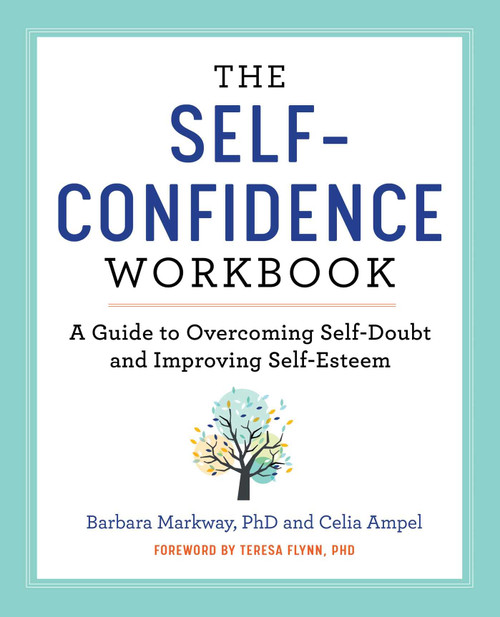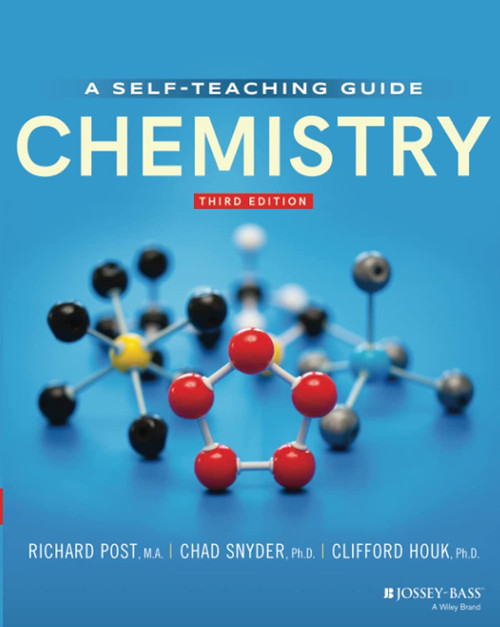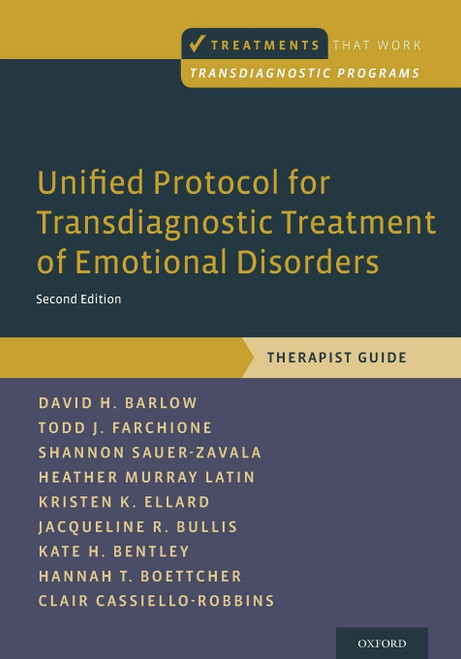IMPORTANT: Many of the techniques in the book require the use of a small inflatable ball to apply pressure into the fascial restrictions. Balls must be purchased separately. Through a lot of research and experimentation, we have found what we feel to be the highest quality, longest lasting 4" inflatable ball on the market. They are available through this link: amazon.com/gp/product/B088P9THQK. Myofascial Stretching: A Guide to Self-Treatment is a manual of techniques that, when completed properly, results in permanent lengthening of the body's connective tissue and dramatically improves health and quality of life. It is written for the lay person who has chronic pain, muscular tightness and/or postural dysfunction; and also for therapists to use to recommend home exercise programs for their patients. Myo means muscle. Fascia is the tough connective tissue surrounding every cell of the body from head to toe like a three-dimensional spider web. Injury, trauma, inflammation and poor posture cause the fascial system to tighten, putting pressure on muscles, nerves, blood vessels, bones, organs and the brain. Resulting symptoms include pain, restriction of motion, and structural misalignment, which can impair daily functioning and athletic performance. Myofascial Stretching removes this abnormal pressure, and is often the missing link in allowing the body to return to optimal function. The book follows Myofascial Release principles, using sustained pressure and tissue elongation. Two ways to do Myofascial Stretching are included: one using a 4-inch inflatable ball and one utilizing active elongation. The two methods complement each other, especially if one first releases tight tissue with the ball and follows up with an elongation stretch to the same area. Myofascial Stretching differs from traditional stretching in four primary ways. 1. Time. All stretches, with or without the ball, must be held continuously for minimum 90 to 120 seconds before the fascia begins to let go. When stretches are held even longer, additional layers of tissue soften and lengthen. The result is permanent release of the tissue, as opposed to temporary results achieved with traditional 30 second stretching of muscles. 2. Active elongation. This is what allows one to engage the fascial barrier. 3. Conscious Presence. It is exponentially more effective when you are able to focus on the tension in the tissue, direct your breath into the restriction, notice the resulting slack as the release takes place, elongate into the next barrier and wait for another release to occur. 4. Simultaneous Stretching and Strengthening. During active elongation, muscle groups opposing the tight fascia have to contract in a sustained manner. This strengthens them, thereby helping to maintain the elongated state of the tissue just released. Following an introduction to the Myofascial Release approach, the book includes a photograph of every technique with an accompanying narrative description. The 12 book sections relate to different parts of the body with a chart to help decide where to start depending on symptoms. Utilizing Myofascial Release principles for stretching causes a permanent softening and lengthening of connective tissue. This results in decreased pain, enhanced daily functional abilities, refined athletic performance, increased ease of movement and improved posture. It is extremely empowering to see and feel these results in your body and in your life, and to know you have the ability to manage and diminish your own pain, while saving money normally spent on various practitioners. It is time to Feel Good Again!
Myofascial Stretching: A Guide to Self-Treatment
MSRP:
Was:
Now:
$37.86 - $44.69
(You save
)
- SKU:
- UPC:
- 9781688209251
- Maximum Purchase:
- 2 units
- Binding:
- Paperback
- Publication Date:
- 3/24/2020
- Author:
- Stedronsky, Jill
- Language:
- English: Published; English: Original Language; English
- Pages:
- 66

Wiley
Precalculus: A Self-Teaching Guide (Wiley Self-Teaching Guides)
MSRP:
Was:
Now:
$13.05 - $27.27

John Wiley & Sons
Biology: A Self-Teaching Guide (Wiley Self Teaching Guides)
MSRP:
Was:
Now:
$20.84 - $29.84

John Wiley, Chichester
Basic Physics: A Self-Teaching Guide, 3rd Edition (Wiley Self-Teaching Guides)
MSRP:
Was:
Now:
$23.87 - $29.48

Black Dog & Leventhal
1,500 Stretches: The Complete Guide to Flexibility and Movement
MSRP:
Was:
Now:
$31.48 - $47.69

Althea Press
The Self-Confidence Workbook: A Guide to Overcoming Self-Doubt and Improving Self-Esteem
MSRP:
Was:
Now:
$12.06 - $20.66

Jossey-Bass
Chemistry: Concepts and Problems, A Self-Teaching Guide, 3rd Edition (Wiley Self-Teaching Guides)
MSRP:
Was:
Now:
$23.97 - $30.00

Oxford University Press
Unified Protocol for Transdiagnostic Treatment of Emotional Disorders: Therapist Guide (Treatments That Work)
MSRP:
Was:
Now:
$66.91 - $76.28

Createspace Independent Publishing Platform
Melanin: The Basic Guide to Knowledge of Self
MSRP:
Was:
Now:
$28.09 - $31.69
!



